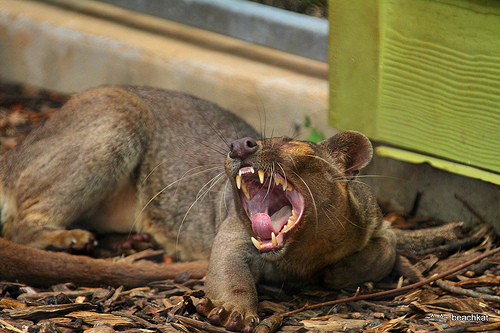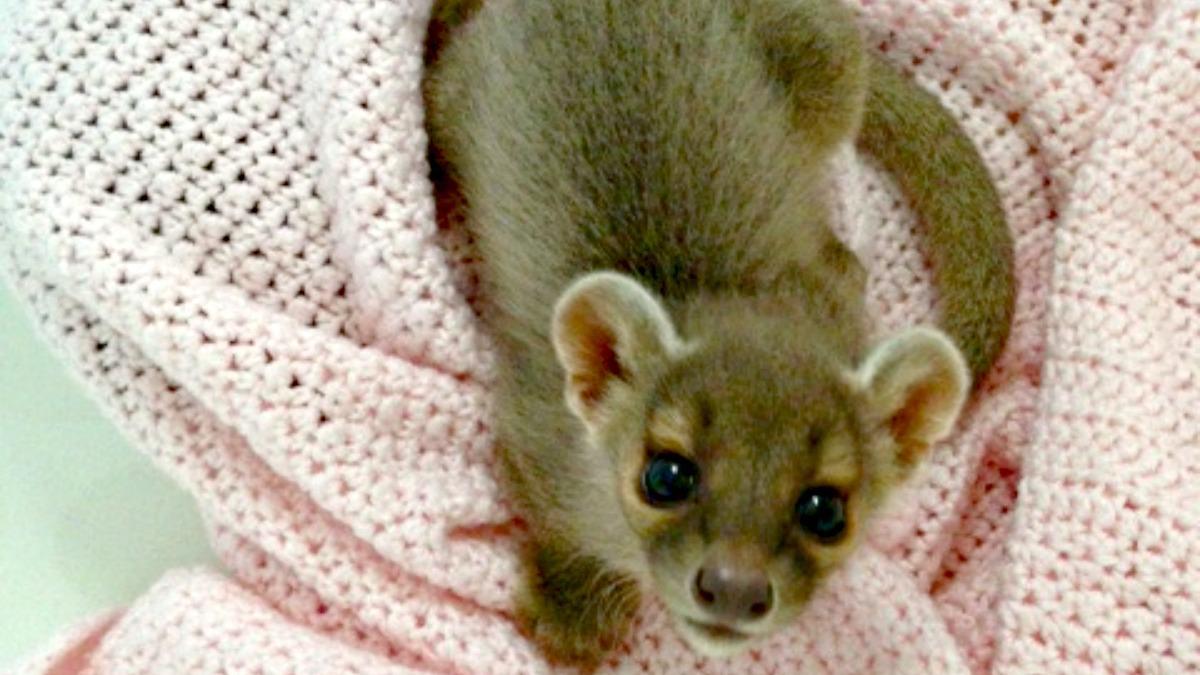You are currently browsing the tag archive for the ‘elongated’ tag.

Here is a fascinating status object from the deepest Congo. This is a ceremonial knife of the Mangbetu people, a tribe of approximately 1 million people who live in the northeast portion of the Democratic Republic of Congo. The Mangbetu people are historically famous for metalworking prowess, beautiful art, and elongated skulls (which were artificially lengthened by skull-binding during infancy). Early visitors were struck by the sophistication of Mangbetu politics, architecture, and crafts as well as by the breadth of their agriculture (which included diverse crop cultivation and cattle herding). These early historical accounts also remark upon the Mangbetu penchant for cannibalism (but such accounts are viewed with skepticism among prevalent schools of modern cultural scholarship).

The ethnological history of the Mangbetu tribe is interesting and instructive. The Mangbetu language is Central Sudanic in character (as to a greater extent is Mangbetu culture), yet the people are Bantu and live in the northeastern part of the Democratic Republic of Congo. It is believed that during the climate crisis of the little ice age, Sudanic climate refugees fleeing south met a larger Bantu community migrating north and the two groups annealed (with the Sudanic people claiming group leadership). This cultural cross-pollination explains the Mangbetu’s political and technological strength relative to the other peoples of their territory (the Mangbetu conquered their lands and displaced or otherwise dealt with the original inhabitants).

Anyway, these knives were not weapons or tools, but rather ceremonial objects denoting power and status which could be exchanged for goods and services (I guess in the modern world we call such things “money”). As greater globalization reached the Mangbetu in the 19th and 20th centuries, they realized that their valuable ceremonial status knives were valuable to other people as well, and they began to mass produce more and more of them for trade. This means that many of these knives exist but that the quality is not always consistent with the refinement and beauty of early pieces.

I promised more weird fish this year, and here is a fish which amply delivers on this promise. This is a tripod fish (Bathypterois grallator), an eyeless wonder of the deep ocean plains. The fish spends most of its time standing completely motionless on its elongated fins which reach up to a meter (three feet) off the seafloor. It mostly copies the feeding habits of sessile invertebrates such as sea anemones and barnacles and feeds on tiny creatures which bump into its elongated (and highly sensitive) front and top fins. It walks extremely slowly along the ocean bottom on these high fins with its mouth facing into the deep currents.
Despite its sedentary preferences and circumscribed lifestyle, the tripod fish has not given up its brain or its ability to swim. If and when the fish decides to swim, its stilt like fins deflate and become flexible. Scientists have not pinpointed the exact mechanism for this transformation, but erectile tissues are not unknown in the animal world. Speaking of which…
Mating is difficult in the abyssal zone (as any Tinder user could readily aver) so the tripod fish is a true hermaphrodite possessing both male and female reproductive organs. If two tripod fish chance to meet, they mate together in all sorts of crazy troubling ways, however, if the fish never finds a partner it produces both sperm and eggs and mates with itself!
Behold, the fossa (Cryptoprocta ferox), the top predator of Madagascar (exempting, as always, our own very predatory kind). The fossa weighs between 5.5 and 8.5 kg (12 to 20 pounds) and lives mostly on primates—namely the lemurs which are everywhere indigenous to the strange micro-continent. Since lemurs are brilliant climbers, the fossa is also an arboreal specialist and it can run down trees headfirst and execute stunning acrobatic leaps which would make a trapeze artist blanche and retire. The predator prefers hunting lemurs but it also dines on bats, reptiles, tenrecs, rodents, birds, and whatever other small living creatures it can catch.
The first time I saw footage of a fossa, my mind kept insisting it was a cat…no a weasel…no a stretched-out bear. Its extreme similarity to familiar predators combines in a sinister way with its lithe alien movements to make it seem very peculiar. I wonder too if some desperate little tree-creature part of our brain doesn’t respond badly to the fossa-for it is difficult to look away from one in action, and it has many similarities with analogous predators encountered by our arboreal forbears. It hunts both by day and night. It climbs, swims, runs, and lurks with great skill–so there is never any true safety for animals which it preys on.
According to taxonomy and genetics, the fossa is indeed closely related to cats, bears, weasels, seals, and all of the other members of the order Carnivora. The fossa is perhaps most closely related to viverrids (the civets and genets), but it shares many features with felines as well, and may be considered to be descended from an intermediary form. The ancestor of the fossa first came to Madagascar around 20 million years ago, during the Miocene as forests dwindled and grasslands spread on Africa and as Madagascar drifted particularly close to the great continent.
Fossas live to around twenty years of age. They have social lives similar to cats, and even have similar vocalizations. Fossas of both genders have bizarre elongated external genitals (and the male member is equipped with backwards pointing spines). Additionally, they secrete an orange substance which “colors their underparts”. You can go look up details and pictures on your own time. The mother fossa gives birth to litters of two to four (though occasionally as few as one or as many as six) cubs, which mature slowly. Physical maturity is not reached until the age of two and the young fossa do not reproduce until a year or two after that. Fossa have always been solitary and rare, but human habitat-destruction (among other ills) seems to be making them even scarcer.
I started writing this post imagining that the fossa would be esoteric and largely unknown to most of my readers, but the internet quickly revealed that it is a film star and a media darling of our age. Apparently a fossa was the villain of “Madagascar” an animated children’s film about lemur society and a zoo-breakout. How did I miss an animated movie about lemurs? I’m going to go watch that right now.








